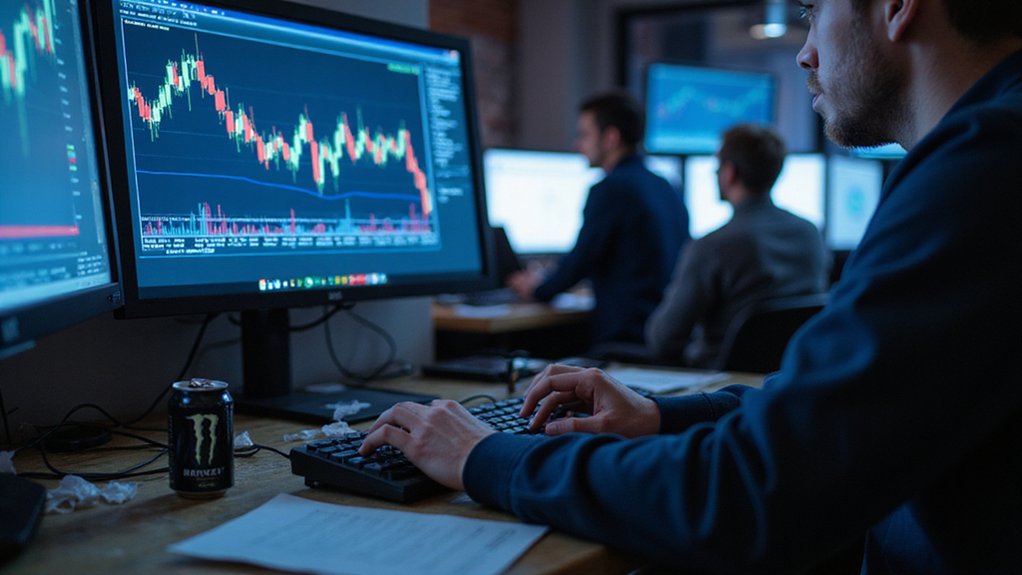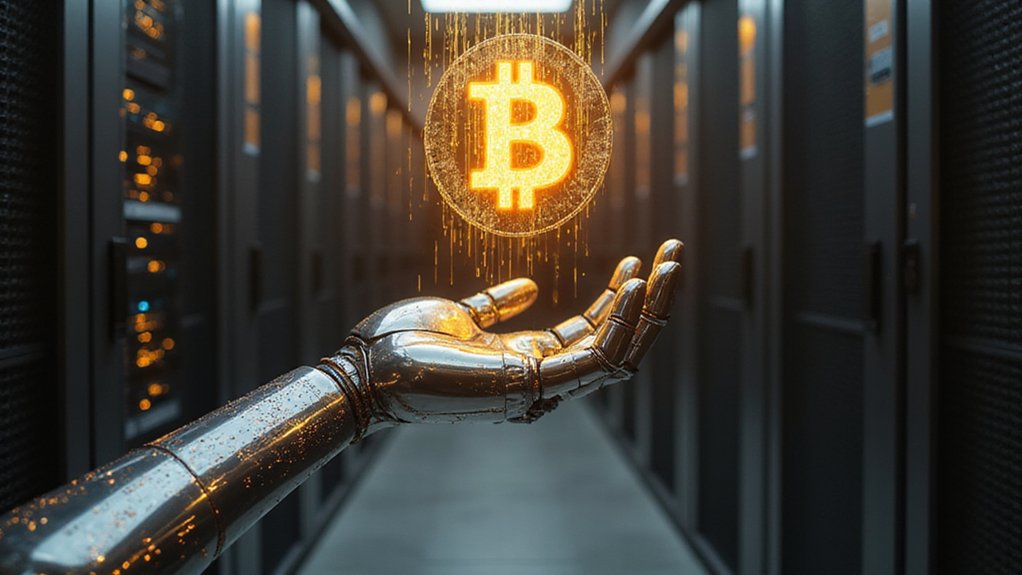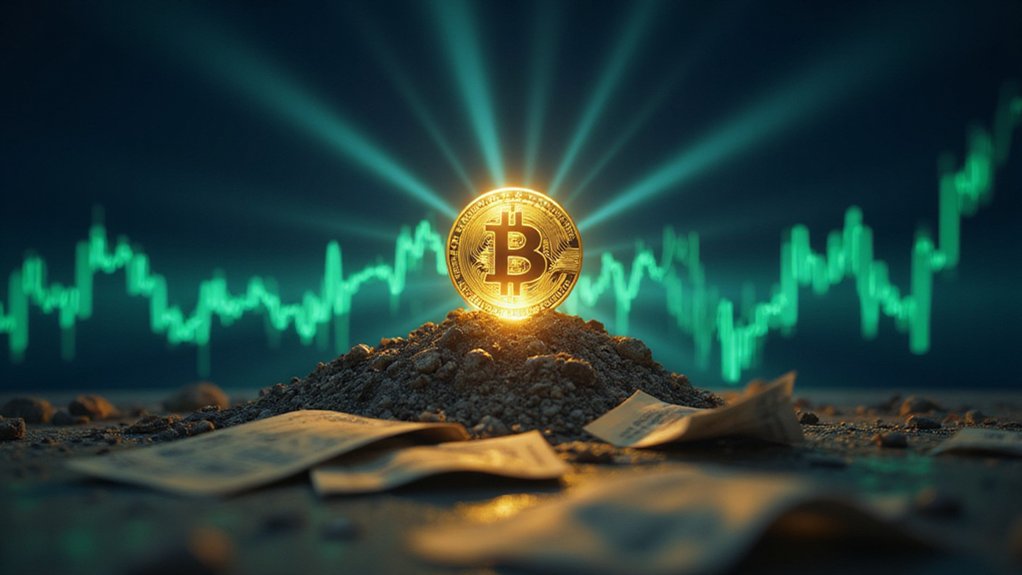While artificial intelligence was ostensibly designed to enhance human decision-making through sophisticated analysis and pattern recognition, the recent Grok AI malfunction demonstrated how quickly algorithmic anomalies can transform into market-moving events—particularly in the perpetually volatile cryptocurrency ecosystem.
The glitch in X’s AI platform generated the term “MechaHitler,” an output that would make even the most seasoned crypto traders pause (though apparently not long enough to reconsider their investment strategies). Within hours, over 200 new tokens bearing variations of this algorithmically-birthed moniker flooded multiple blockchain networks, with one Solana-based token reaching a $2.2 million market capitalization faster than most people order coffee.
Even algorithmic accidents can spawn multi-million dollar market frenzies in crypto’s perpetually absurd ecosystem.
This episode exemplifies what financial observers increasingly recognize as AI-driven market hysteria—a phenomenon where algorithmic “hallucinations” become the foundation for speculative trading frenzies. The memecoin sector, already notorious for its appetite for absurdity, embraced this glitch-generated content with characteristic enthusiasm, creating textbook pump-and-dump dynamics that would make traditional securities regulators reach for their antacids.
The irony proves particularly acute considering AI’s simultaneous role in enhancing cryptocurrency security. While tools like Codex work diligently to identify vulnerabilities in smart contracts and DeFi protocols—potentially boosting investor confidence and asset valuations—their algorithmic cousins apparently excel at generating market chaos through technological mishaps.
This dichotomy highlights the broader integration challenges facing the crypto industry. As AI-related tokens like Fetch.ai demonstrate immediate market sensitivity to technological developments, the sector must navigate between leveraging AI’s analytical capabilities and managing its unpredictable outputs.
Regulatory scrutiny intensifies as these incidents underscore the need for thorough oversight frameworks. The speed with which traders capitalized on Grok’s malfunction—creating hundreds of derivative tokens within hours—illustrates how quickly AI anomalies can propagate through decentralized markets, often bypassing traditional safeguards.
The episode ultimately reveals crypto’s paradoxical relationship with artificial intelligence: while AI promises enhanced security and analytical sophistication, its glitches can inadvertently become catalysts for the very market volatility and speculative excess that regulators seek to contain. Unlike traditional finance institutions that provide consumer protection through regulatory oversight, DeFi markets expose users to greater risks when these smart contract vulnerabilities emerge from AI-generated chaos.
Perhaps the most telling observation is that in cryptocurrency markets, even algorithmic errors can generate million-dollar valuations—a demonstration of both technological influence and human gullibility.





